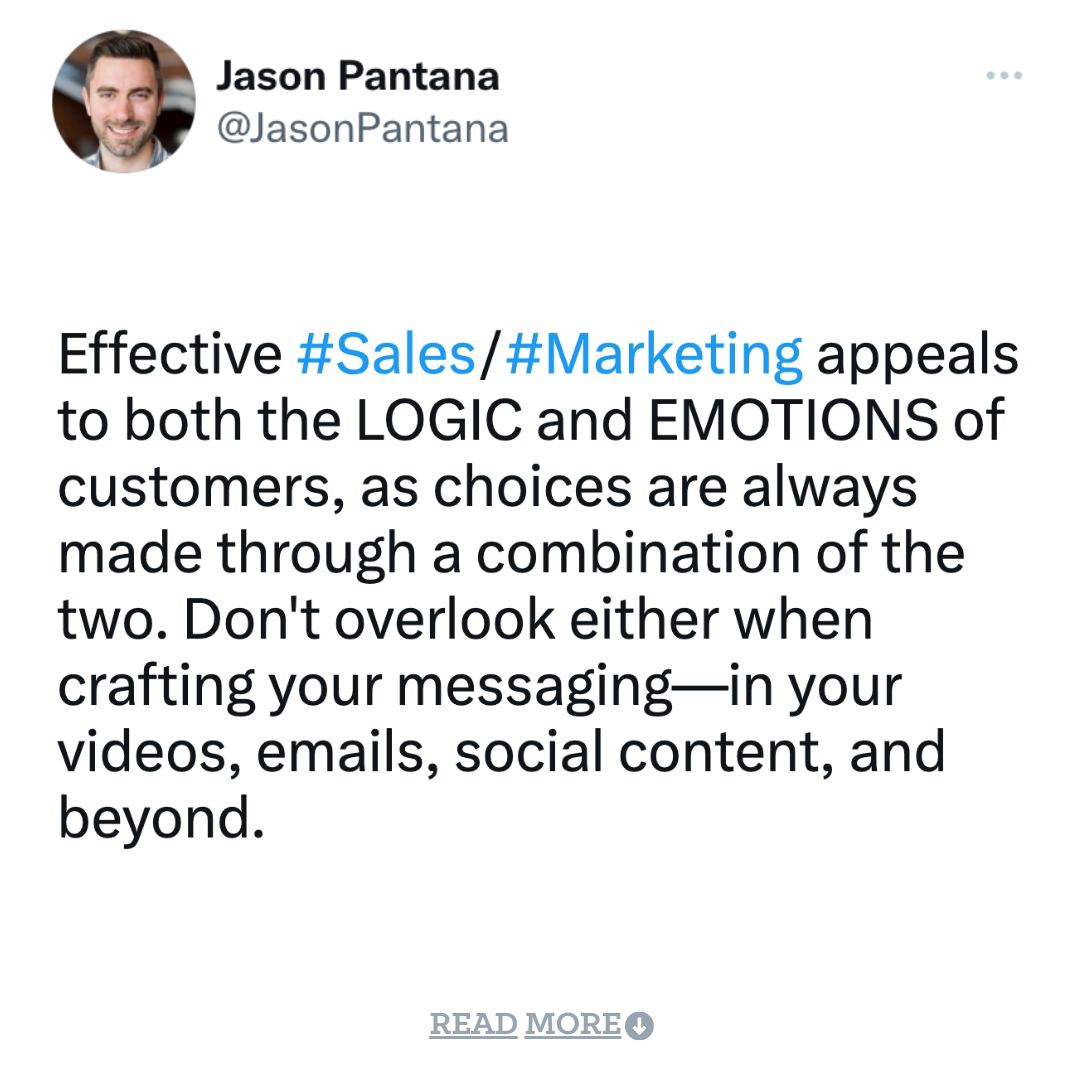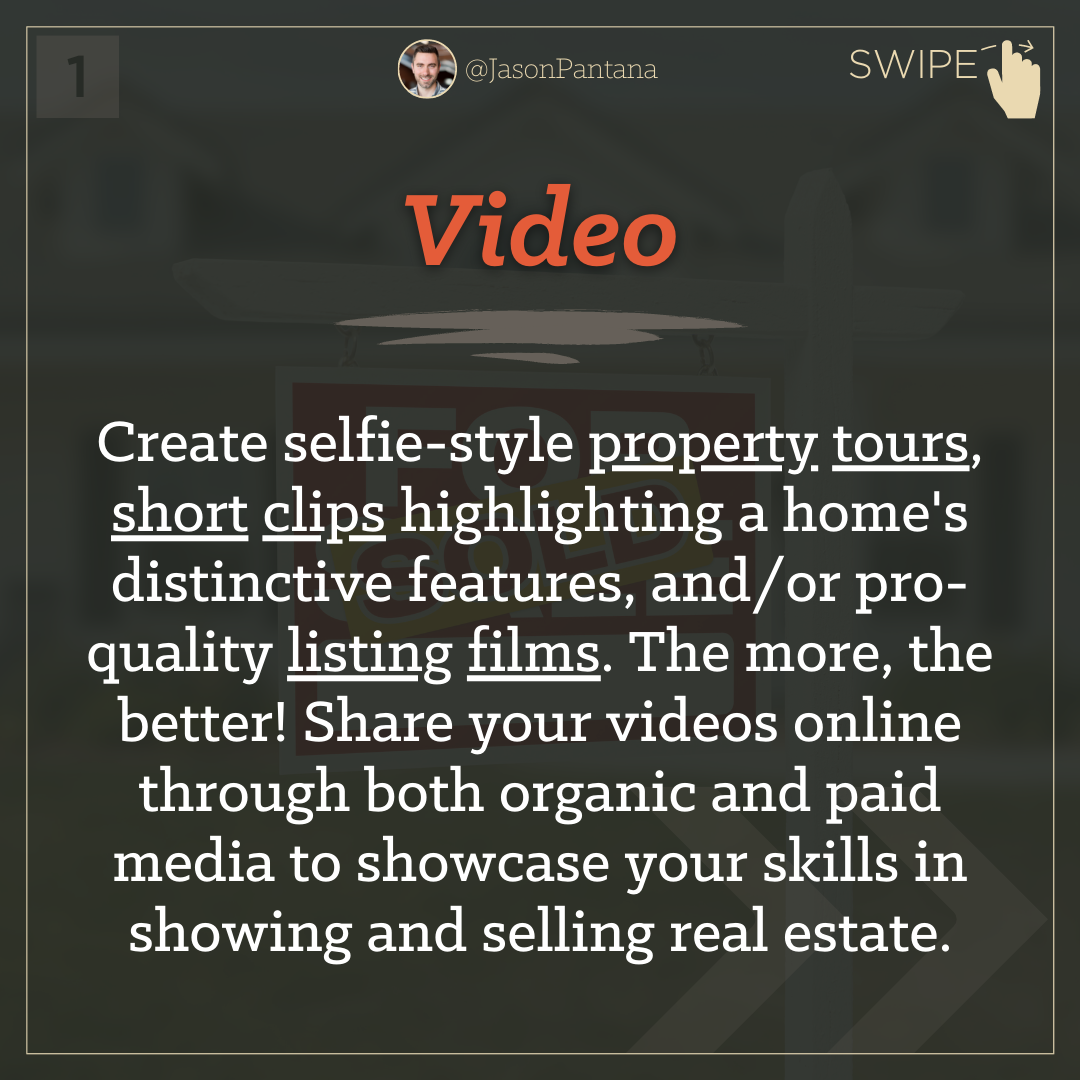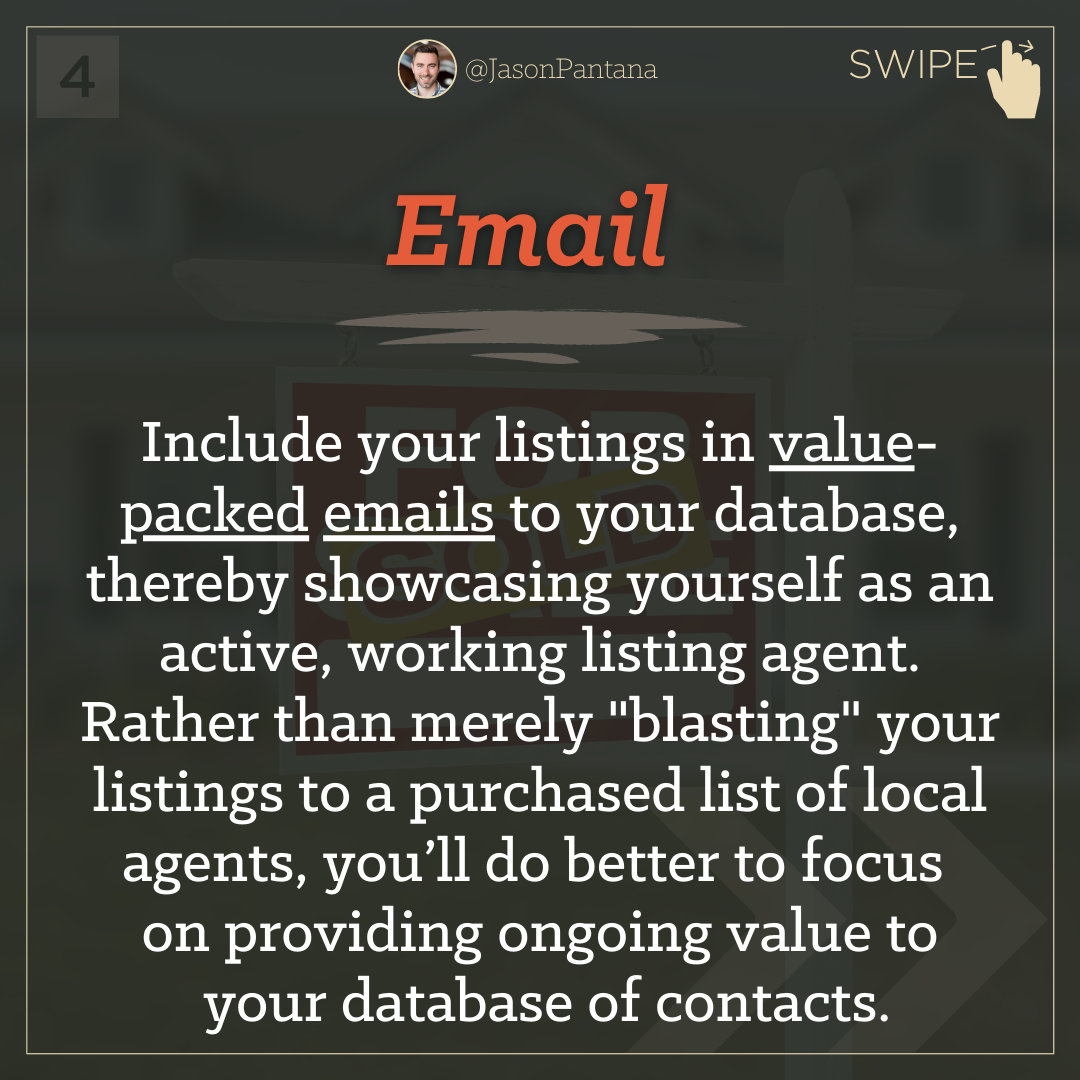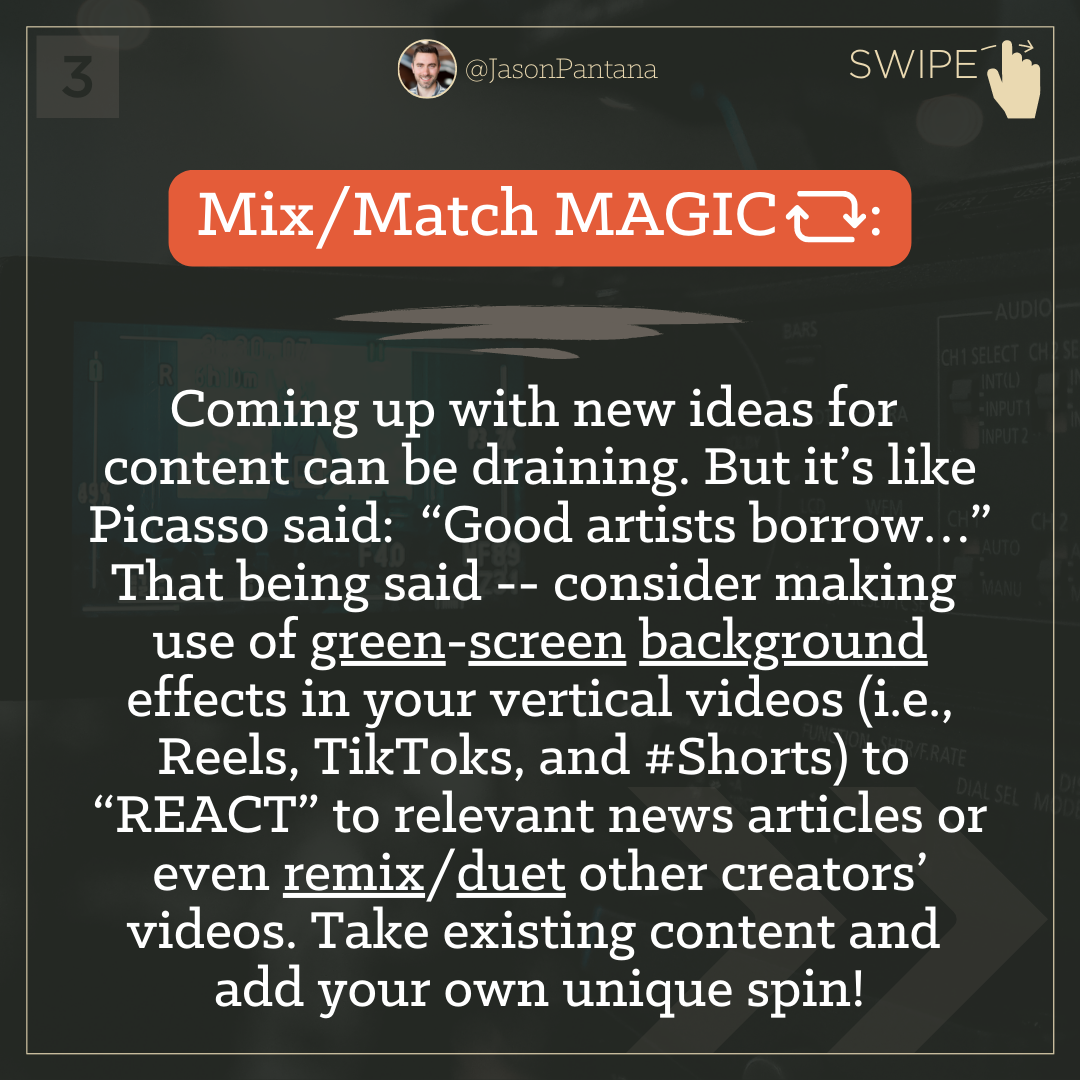… And then there was LinkedIn??
Top social media platforms are upping the ante with AI-suggested content, prioritizing it over posts from users' connections or friends. By the end of the year, Mark Zuckerberg stated that 30% of the content on Meta feeds, including Facebook and Instagram, will be AI-suggested content. Consequently, as a creator/business, your capacity to reach your followers organically will be diminished by almost one-third.
And if your posts aren’t being seen with the same frequency and regularity as before, then the risk of being, quote-unquote, “forgotten by your followers,” who may include past/current clients, leads, sphere-of-influence contacts, and so on, escalates.
TikTok, for instance, is more of an “anti-social network” as users are primarily exposed to content produced by strangers, rather than a platform for seeing and interacting with posts from people within your personal and professional networks. Now other social sites are moving in the same direction.
LinkedIn’s algorithm, however, (still) places more emphasis on prioritizing/distributing content that fosters engagement within your community (i.e., your connections) and relevance within specific industries or interests. So, if you’re aiming to strengthen your existing connections and establish your brand within your area, LinkedIn is worth a look.

















